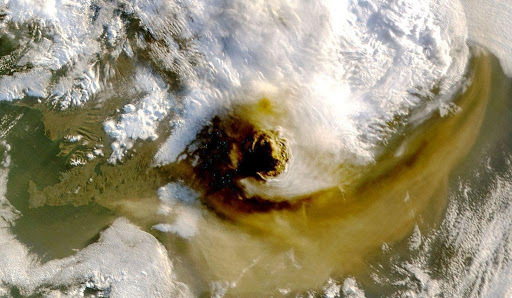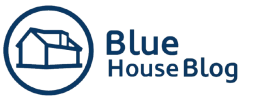Excitement Brewing in Iceland

Guess what? Another volcanic eruption is on its way in Iceland, and we couldn’t be more thrilled! But fear not, fellow adventurers, as this eruption is not likely to pose any life-threatening risks. Get ready to witness the majestic Grímsvötn Volcano in action, an event that occurs every 5-10 years, with larger eruptions being a rare treat. Stay tuned to our Blue House Blog for the latest updates and insider knowledge.
Grímsvötn is Iceland’s most active volcano, and when you’re on this extraordinary island, you’ll feel the exhilaration of being so close to its raw power. Remember, though, there’s no need to cancel your flights or worry about disruptions like the one in 2011 that caused temporary air travel disturbances across Europe. The larger eruptions of Grímsvötn only happen every 150-200 years, and we’re nowhere near that timeline right now.
Let’s Get Scientific
This magnificent volcano lies beneath the stunning Vatnajökull Glacier, and it has a fascinating connection to its icy neighbor. When the volcano is active, the melting of the glacier triggers its eruptions. As the ice melts, a lake forms beneath the glacier, and sometimes it overflows, resulting in a thrilling natural phenomenon known as Jökulhlaup. This mesmerizing Icelandic term has even made its way into glaciological terminology worldwide. Imagine hundreds of square kilometers flooded in a glacial outburst!
Scientists have been monitoring the situation closely, and their estimations have proved true. The Vatnajökull glacier was full to the brim, making a significant Jökulhlaup highly likely. These epic floods often serve as the trigger for the eruptions we’re eagerly anticipating.

Image courtesy of Wikipedia
Should We Worry About an Iceland Volcano Eruption?
Rest easy, my friends, as Iceland is well-prepared for these volcanic wonders. In fact, after the 1996 eruption, the country took proactive measures, rebuilding roads to withstand massive floods like the one caused by Grímsvötn. And in terms of the eruption’s impact, don’t fret—it’s not expected to reach inhabited areas. Most of the ash will be contained within the glacier, resulting in a gooey texture that only falls within a 40-kilometer radius from the eruption. Nature’s spectacle remains beautifully contained.
How Do We Know All This?
Our dedicated scientists have been diligently studying the volcano’s magma chamber, which is as full as it was during the thrilling eruption of 2011. They’ve also noticed an increased release of gas from the surface, a telltale sign that an eruption is imminent. Plus, there’s been a surge in seismic activity across Iceland, with over 1000 earthquakes recently recorded, including three with a magnitude over 5. It’s like Mother Nature is giving us a sneak peek of the grand spectacle to come!
Embrace the Power of Nature!
So, fellow adventurers, there’s no need to worry about the next Iceland volcano eruption. This incredible island is more than equipped to handle these natural phenomena, which have played a pivotal role in shaping the very essence of this beautiful country we call home.
Have you ever witnessed the awe-inspiring eruption of a volcano while in Iceland? We’d love to hear your thrilling stories in the comments below.
More Posts:
Fagradalsfjall Volcano Eruption 2022 | Volcano Eruption In Iceland
How Many Active Volcanos Are There In Iceland?
Where Can You See The Volcanic Eruption In Iceland?

